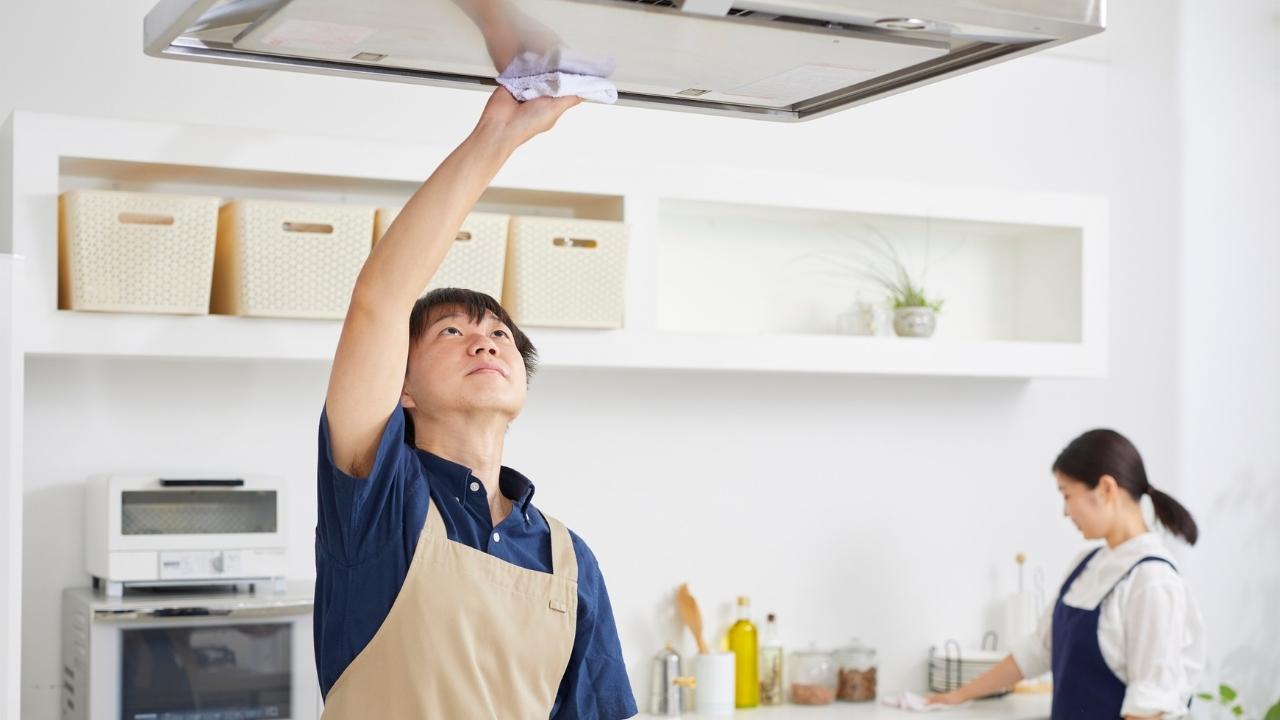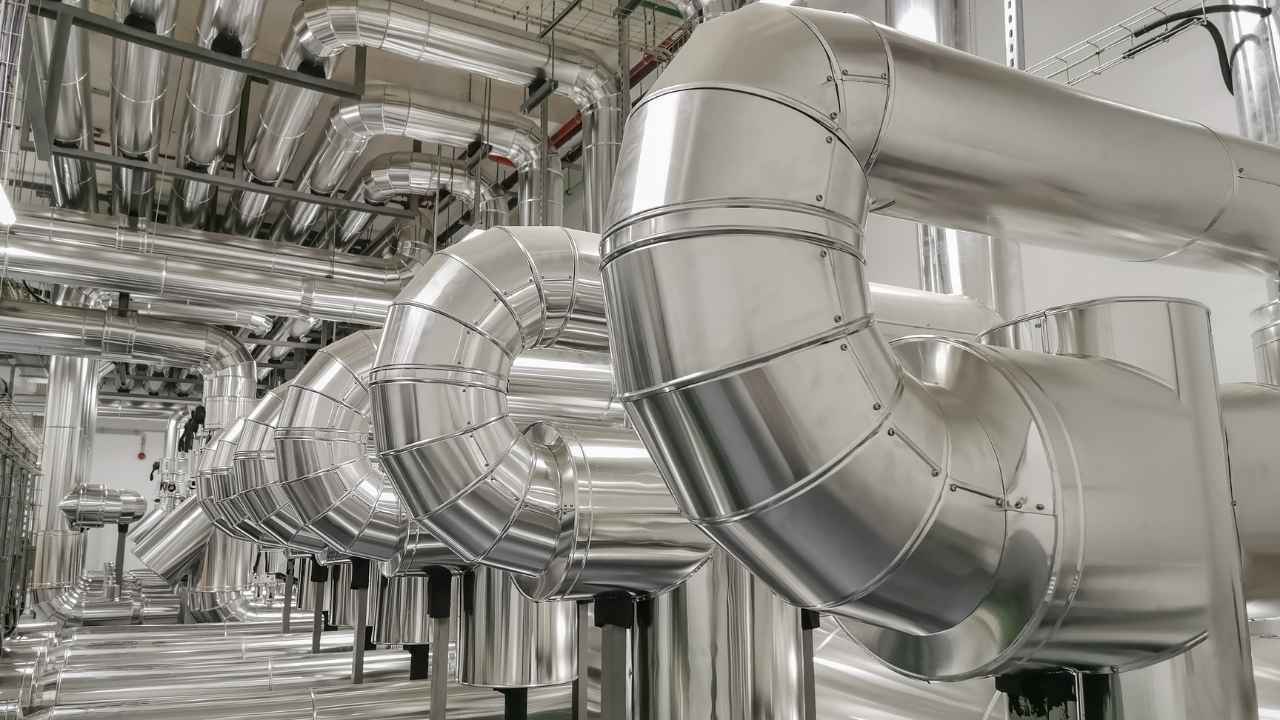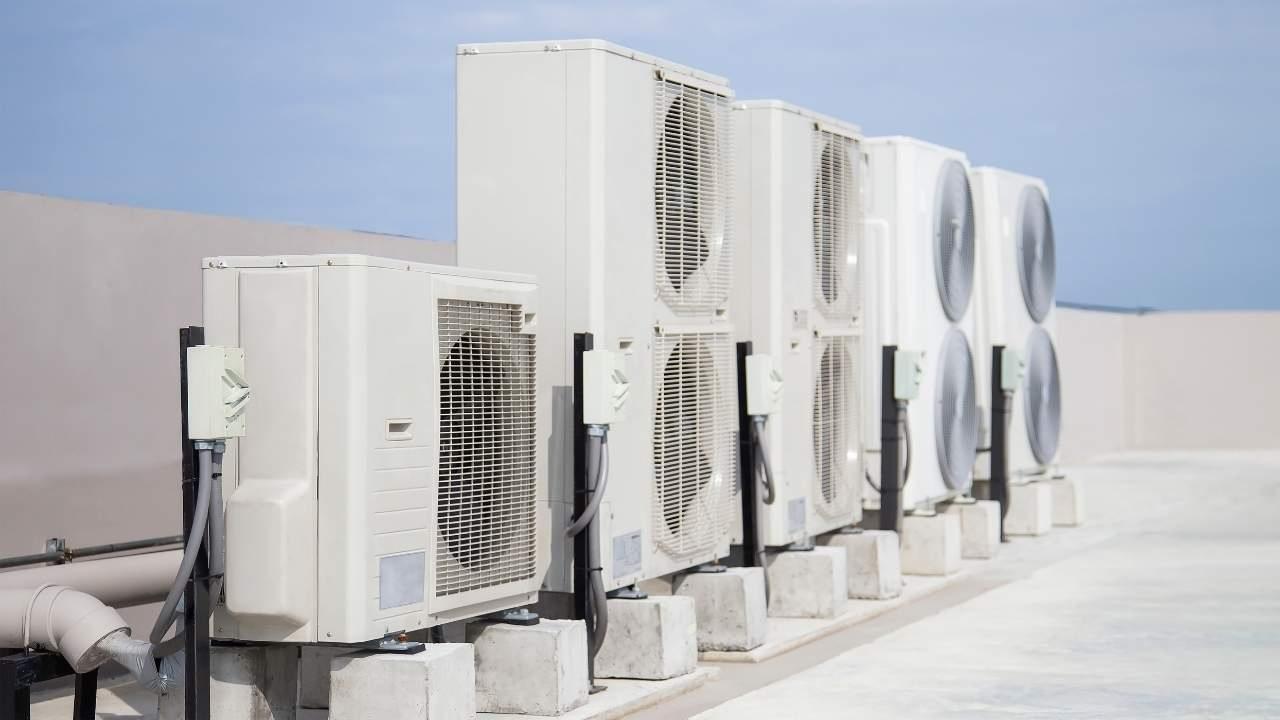If you’re building a modern, energy-efficient home, chances are you’ve heard about MVHR systems (Mechanical Ventilation with Heat Recovery). They’re a smart solution for keeping indoor air fresh, filtering out pollutants, and recovering heat — all while reducing energy waste.
But when it comes to MVHR systems, getting the airflow rate right is absolutely crucial. It’s one of those technical details that can make or break your system’s performance.
So, what airflow rates do MVHR systems need to meet? Let’s break it down in simple terms — no need to get lost in the jargon.
Why Is Airflow Rate So Important in MVHR Systems?
Think of airflow rate as the “breathing” of your home. It’s the amount of air your MVHR system moves in and out every second. If the airflow rate is too low, your home won’t get enough fresh air. Too high? You could waste energy and overwork the system.
Here’s why airflow matters:
- Keeps a constant supply of fresh, filtered air in your living spaces
- Removes moist, stale air from kitchens, bathrooms, and utility rooms
- Helps prevent mould, condensation, and poor indoor air quality
- Ensures a comfortable, energy-efficient home environment
In short: the right airflow rate = healthier air, greater comfort, and lower energy bills.

How to Calculate the Right Airflow Rate for Your MVHR System?
There’s no one-size-fits-all answer. The ideal airflow rate depends entirely on your home’s layout, size, and daily usage. A compact two-bedroom home won’t need the same airflow as a large family home with multiple wet rooms.
Some of the main factors that influence your airflow requirements include:
- Number of wet rooms (kitchens, bathrooms, utility rooms)
- Number of bedrooms and living spaces
- Total floor area
- Number of occupants
- How each space is used throughout the day
A general/trickle ventilation rate of 0.3 litres per second per square metre is required. In Ireland, systems must also have 25% more capacity than this minimum.
What Do the Regulations Say in Ireland?
MVHR systems must comply with Part F of the Irish Building Regulations. The SEAI Code of Practice for Ventilation gives the full picture of how systems should be designed, installed, and tested.

According to the regulations, MVHR systems must:
- Deliver continuous, balanced ventilation
- Extract air effectively from moisture-prone areas
- Supply fresh, filtered air to living spaces
- Be correctly sized for the building and its occupants
- Be tested and commissioned after installation
Simply put — it’s not just about having an MVHR unit. It needs to be designed and set up properly to do its job.
How Proper Design Affects MVHR Performance?
Good design is where everything starts. Both SEAI and experts like Vent Solve stress that poor design leads to poor performance — no matter how fancy your system is.
Key elements of proper MVHR design include:
- Room-by-room airflow calculations
- Choosing an MVHR unit that meets your home’s airflow needs
- Designing ductwork for minimal resistance
- Balancing the system so the amount of air supplied equals what’s extracted
A badly designed system might not ventilate your home properly or recover heat efficiently and that defeats the whole purpose.
How to Commission Your MVHR System and Why You Must?
Once your system is installed, the next step is commissioning. This simply means checking and adjusting the system so it performs exactly as it was designed to.
Here’s how commissioning is done:
- Check airflow direction – Make sure supply and extract terminals are set correctly
- Balance the system – Adjust airflow to match design specs in each room
- Measure airflow – Use a calibrated device to get accurate readings (in litres per second)
- Compare and record – Match readings against the design values
- Use accurate instruments – Devices should be calibrated annually to ±5% accuracy (INAB-certified)
Skipping this step can lead to poor air quality, energy waste, and non-compliance with regulations.
How to Protect Your MVHR System During and After Installation?
It’s not just about setup, protecting your system during installation is equally important. Dust and debris can seriously affect performance.
Tips to protect your MVHR system
- Switch off the unit and cover air valves while work is ongoing
- Clean ducts and filters before handover
- Run final checks to ensure everything is free from blockages or damage
- Balance and lock air valves once commissioning is complete
- If changes were made during installation, document and report them to the designer
Why Does Getting It Right Matters?
A well-designed and properly commissioned MVHR system:
- Meets Irish building regulations
- Maintains top indoor air quality
- Cuts down on heating costs by recovering heat
- Prevents issues like condensation and damp
- Keeps your home comfortable, fresh, and healthy
It’s not just a box on the wall — it’s a system that needs to be tailored to your home.
Need help with your MVHR system?
Whether you’re planning a new build or retrofitting an older home, it’s essential to work with experienced professionals who understand the ins and outs of MVHR design and commissioning.
Get in touch with our expert team today. We’ll guide you through every step — from design and installation to commissioning — to ensure a healthy, energy-efficient home that meets all current regulations.
Contact Vent Solve today!
Conclusion
Getting the airflow rate right isn’t just a technical detail — it’s central to the success of your MVHR system. From ensuring fresh, healthy air to meeting building regulations and boosting energy efficiency, proper airflow design and commissioning are key. So, what airflow rates do MVHR systems need to meet? The answer depends on your home’s size, layout, and usage — but one thing’s for sure: they must be carefully calculated, balanced, and tested to perform at their best.
Frequently Asked Questions:
1. What does MVHR stand for, and how does it work?
MVHR stands for Mechanical Ventilation with Heat Recovery. It’s a system that extracts stale, moist air from rooms like kitchens and bathrooms while supplying fresh, filtered air to living areas. At the same time, it recovers heat from the outgoing air and uses it to warm the incoming air — keeping your home fresh and energy-efficient.
2. How do I know what airflow rate my home needs?
There’s no one-size-fits-all number. The airflow rate depends on factors like your home’s floor area, number of occupants, number of wet rooms, and how each space is used. A ventilation specialist will calculate this using national guidelines to ensure your system is properly balanced and compliant with Irish Building Regulations.
3. What is the minimum airflow rate required in Ireland?
According to the SEAI Code of Practice, your MVHR system should provide a general ventilation rate of 0.3 litres per second per square metre. On top of that, it must be capable of delivering 25% more than this minimum, to ensure effective ventilation under all conditions.
4. Why is commissioning an MVHR system so important?
Commissioning ensures that your MVHR system is performing exactly as it was designed to. It involves checking airflow directions, balancing airflow room-by-room, and measuring the actual air rates. Without commissioning, your system might not deliver fresh air properly or meet regulatory requirements — even if it’s been installed perfectly.
5. What happens if the airflow rate is too high or too low?
If the airflow rate is too low, your home won’t get enough fresh air, leading to stuffiness, condensation, and poor air quality. If it’s too high, the system could use more energy than needed and cause draughts or noise. Getting the rate just right is key to comfort, energy efficiency, and compliance.
6. Can I install an MVHR system myself?
While it might be tempting, MVHR systems must be designed, installed, and commissioned by qualified professionals. This ensures the system meets Irish regulations and works effectively. A DIY approach could lead to poor performance, higher energy bills, or even moisture and mould problems.


